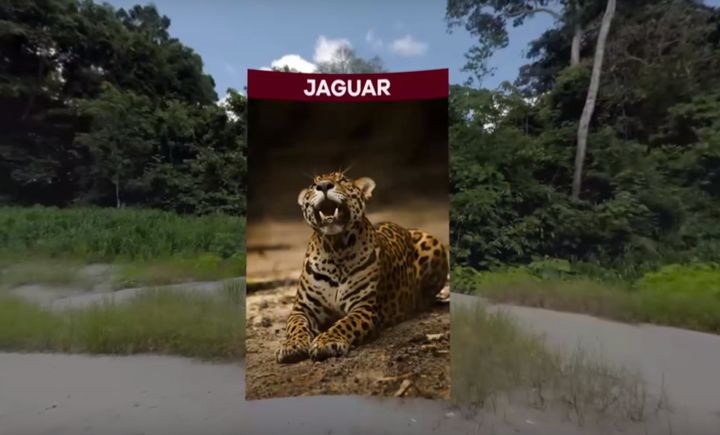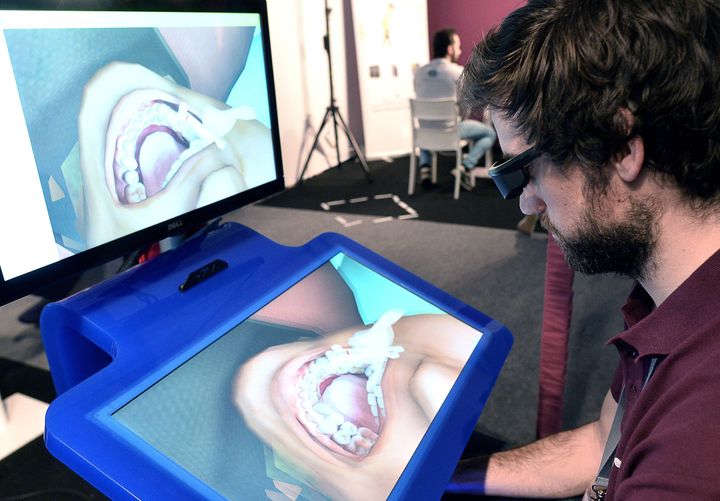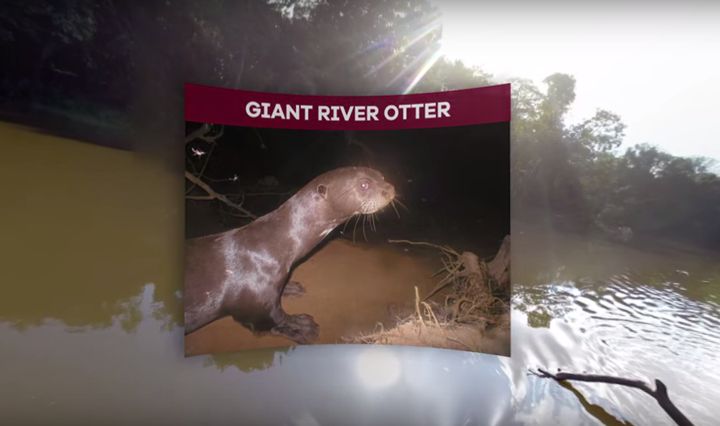
Conservationists have a new, high-tech tool: virtual reality. Across the world, scientists are using immersive digital experiences to help protect endangered species.
On a recent trip to Peru, Kerrie Mengersen, a professor at Australia's Queensland University of Technology, set up cameras in the jungle to shoot 360-degree videos of possible jaguar habitats. Experts can view clips of the footage, some of which are posted online, to search for signs of jaguars. They can then use statistical models to estimate the location and abundance of jaguars in the area.
Mengersen hopes researchers can use the footage to find "jaguar corridors" -- strips of land connecting fragmented jaguar habitats -- without having to trek into the Peruvian jungle, according to Mashable.
"Often it's difficult to get into these places where the animals live," Mengersen told Mashable Australia. "Instead of taking experts out to those inaccessible places, we want to be able to bring those areas to the experts."
Using virtual reality to assist wildlife conservation isn't totally new. Experts held a panel on the topic at the 2016 South by Southwest tech summit, and a pair of Dutch filmmakers are producing a virtual reality documentary about the world's last white rhinos. In addition, game developers have created animated VR scenarios designed to teach people about climate change.
The idea behind these projects is simple: If people can experience the (virtual) wilderness, perhaps they'll appreciate the need for conservation and adopt more environmentally friendly behaviors.
"When individuals feel that their behaviors directly influence the well-being of the environment, they are more likely to be concerned about and actively care for the environment," Sun Joo (Grace) Ahn and Jeremy Bailenson wrote in a paper in the journal Computers and Human Behavior.
Beyond conservation, virtual reality is increasingly being used for scientific research and education.

Doctors are using virtual reality to train students in surgical procedures and help patients cope with psychological ailments like anxiety and depression. One of Google's virtual reality projects, "Google Expeditions," aims to improve classroom education by letting students virtually visit places they can't physically travel to.

For Mengersen, virtual reality holds considerable promise as a tool for scientific discovery and learning.
"We want the message to be: [Virtual reality] can be for more than the 'ooh aah' of the technology, but also the 'aha' of science," Mengersen told Mashable.
